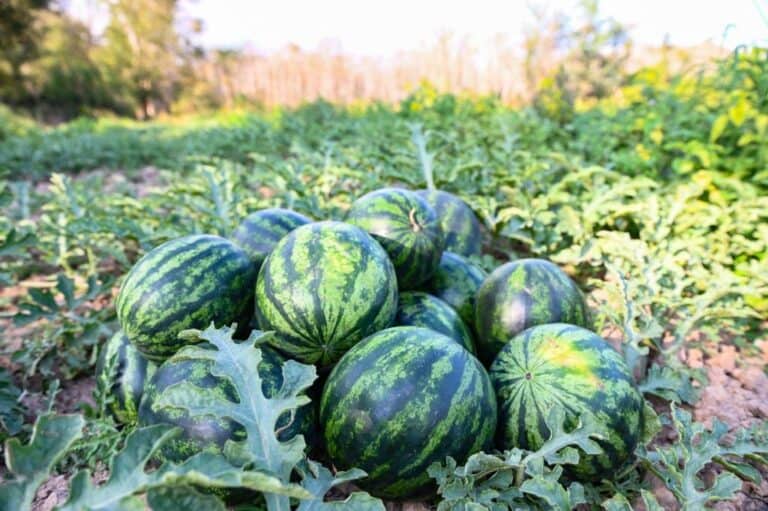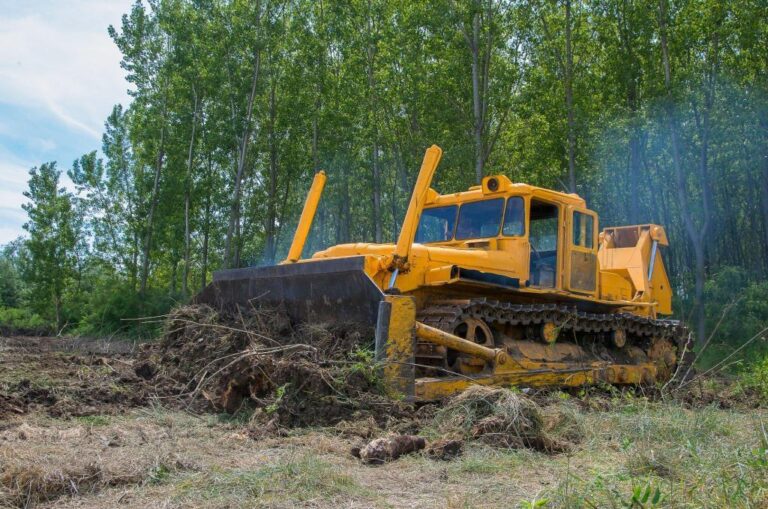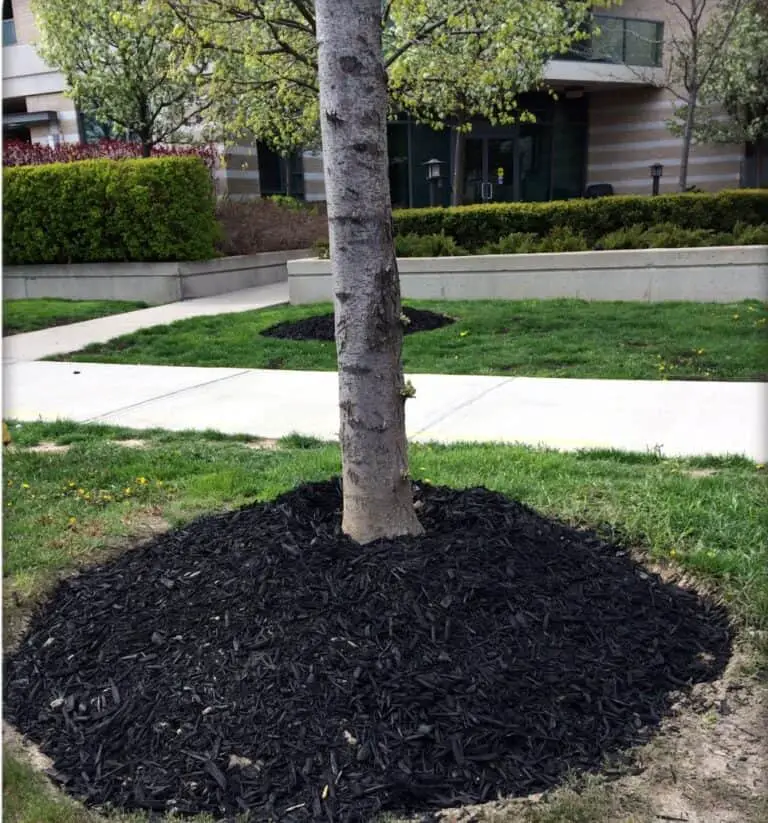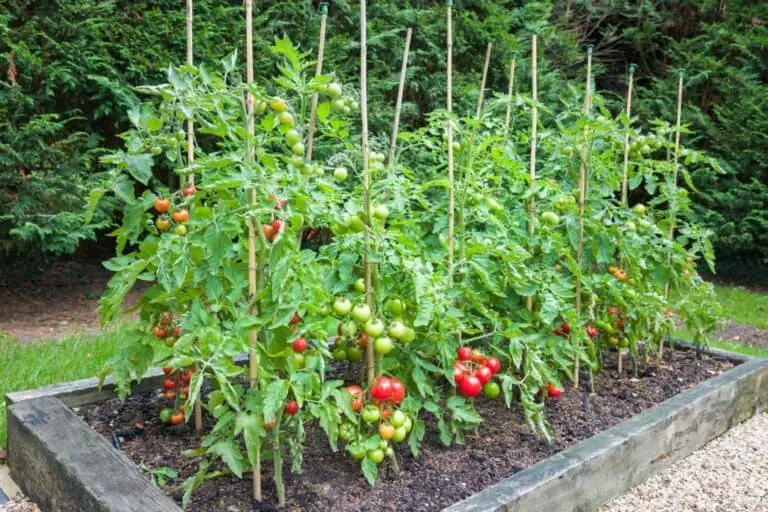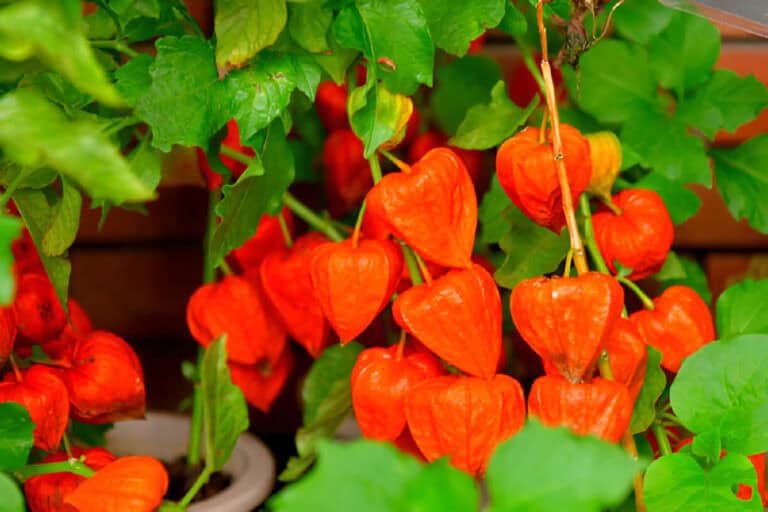How to Successfully Grow Blueberries in a Hydroponic System
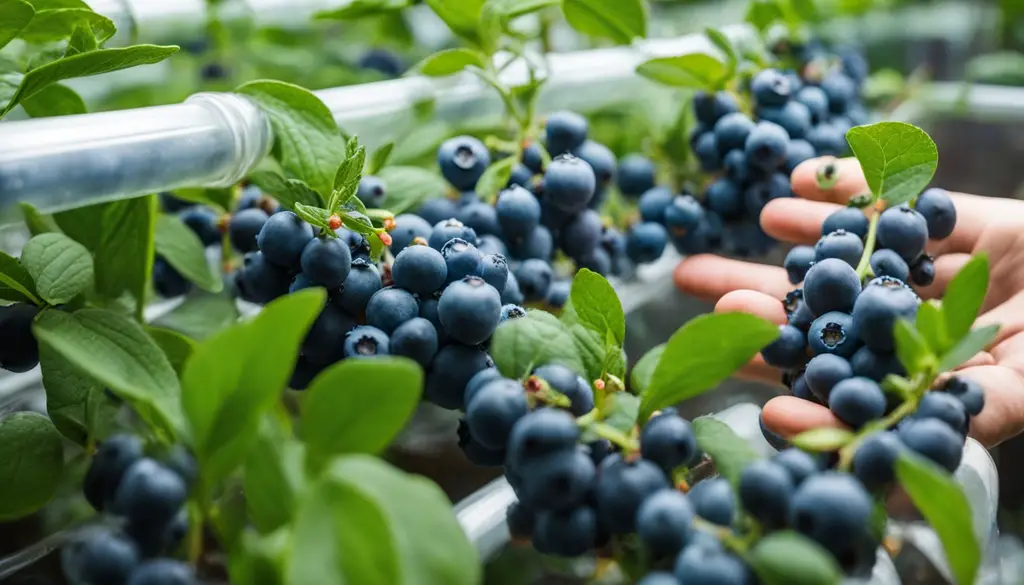
Blueberries make your body strong and healthy, according to my 7-year-old! Blueberry fruits, in addition to being delicious on their own, are high in antioxidants and excellent at removing free radicals from your body. Blueberries are a valuable source of vitamin C, vitamin K1, manganese, and beneficial plant compounds.
Blueberries make a wonderful addition to a healthy diet: eating them raw, mixed in a smoothie, or baked in a pie for a homemade treat. By adding blueberries to your diet, you may prevent heart disease, moderate your blood sugar levels, and improve brain health. Those tiny berries pack a big punch of healthy benefits!
Growing blueberries hydroponically allows for total environmental control, ensuring only large blueberries are properly watered and tended. The most delicious blueberries are the plumpest and juiciest of the bunch! Another reason blueberries do well in a hydroponic environment is that the fruit thrives in wet and moist growing conditions.
Blueberries also require a slightly acidic soil level; with hydroponics, you can completely control the medium’s acidity and nutrient content, ensuring just the right levels are maintained consistently. Another benefit worth noting that blueberries gain in a hydroponic system is increased rootiness, which will lend itself to producing those plump blueberries we’re after!
Growing blueberries hydroponically is great if you love them like we do. Not only is the taste and quality superior to anything you find in the store, but you can have a year-round blueberry supply. By staggering growth cycles, you can harvest blueberries all year round!
Ideal Hydroponic Blueberry Set-Up
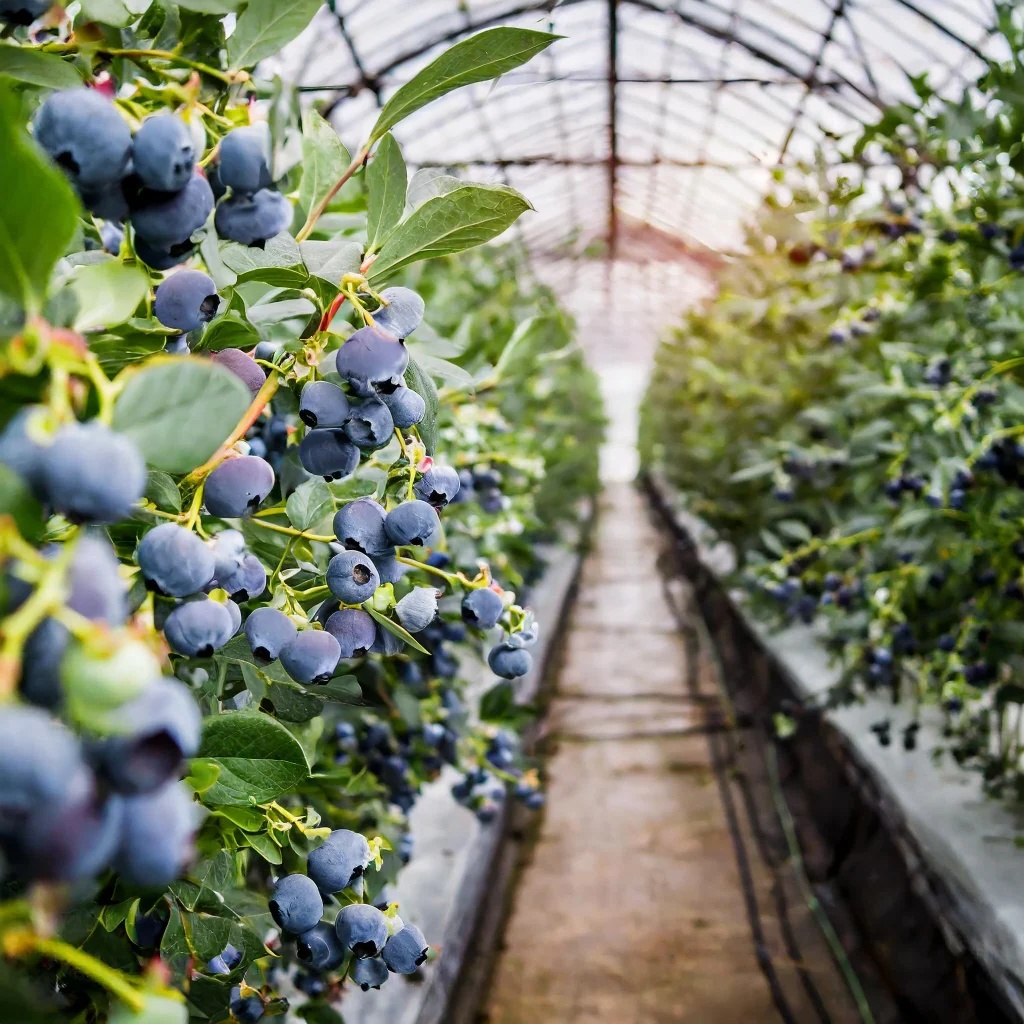
An inexpensive poly grow bag is one way to grow blueberries. To grow blueberries hydroponically, you can also use a 5-gallon bucket or a wicking bed container. You can certainly get creative growing the blueberry plant hydroponically!
Once you have your hydroponic set-up ready to go, mix Perlite and Vermiculite and fill the bags/buckets up. Our favorite mixture is about 75% Perlite and 25% Vermiculite for blueberries.
Blueberry seeds have the odds stacked against them when it comes to ease of germination, such as small seed size and specific conditions needed. If you try to start your blueberries from seeds, make sure to buy your seeds from a reputable source to ensure the best return. Blueberry cuttings are typically transplanted since their seeds are slow and finicky germinators. It can take about 1 month for the first seed to germinate, finishing in the next 2-3 months.
If you want to try starting your blueberry plant from seeds, we’ve got you covered on the know-hows!
Just as you would start the seeds for other hydroponic plants, gather your planter box supplies on a flat surface. Then, line the bottom of the planter box with 1 inch of finely ground sphagnum moss. Next, grab your spray bottle and get the moss wet, but not drenched.
Now it is time to sprinkle blueberry seeds on top of the moss, spreading them with your fingers evenly across. Make sure to cover the seeds with a thin layer of moss, leaving some room for light to get through to initiate germination.
Grab your water bottle again, and spray the top of the moss until wet. The temperature of the grow room for your hydroponic blueberry seeds should be between 60F and 70F, away from direct light, receiving partial sunlight during this process. Keep the blueberry seedling moist at all times, using a spray bottle to create these conditions.
When the seeds begin to sprout, give your seedling a high-intensity light environment. This typically happens after one month of germination. Once the blueberry seedling reaches 3 inches, it can be transplanted into your hydroponic system.
The Ideal Hydroponic Blueberry Conditions
Growing blueberries hydroponically can be a rewarding venture, but it requires understanding the specific conditions that differ from soil-grown plants. Hydroponic blueberries thrive in a controlled environment that meets their unique requirements. Below, we’ll explore the ideal conditions and techniques for successfully cultivating these delicious berries.
To create the perfect environment for your hydroponic blueberries, consider the following key factors:
pH Levels
- Acidic pH: The ideal pH range for hydroponic blueberries is between 4.5 and 5.0. Blueberries will not thrive in alkaline conditions, so regular monitoring with a pH meter is essential.
Temperature and Light
- Temperature: Maintain temperatures between 72°F and 75°F.
- Light Duration: Blueberries need 12-16 hours of optimal sunlight each day. A High-Intensity Discharge Lamp (HID) is recommended for the closest sun-like intensity. If using LED lights, supplement with mylar reflective materials to maximize light exposure.
Humidity
- Humidity Levels: Keep humidity around 70%, but increase it during germination to spur growth.
Nutrient Concentration
- Optimal PPM: Maintain parts per million (PPM) levels between 1260 and 1380 to ensure healthy growth.
Hydroponic Techniques, Care, and Maintenance
The method you choose for hydroponically growing blueberries can significantly affect their growth and fruit production. Here’s a favored technique:
Nutrient Film Technique (NFT)
- Continuous Flow: The NFT system allows a water-nutrient solution to flow constantly from a reservoir to a growing tray. This method is sustainable and ideal for blueberries because it enables the roots to effectively absorb nutrients.
- Oxygenation: Incorporate an aeration bubbler in the reservoir to oxygenate the water, promoting healthier root development.
Proper care is crucial for the success of your hydroponic blueberries. Consider the following tips:
Pruning
- Regular Pruning: Blueberry plants should be properly pruned to encourage growth. Always disinfect your pruning tools to avoid introducing pathogens.
Cold Dormancy
- Cold Season Requirement: Blueberry plants require a cold dormant phase to produce fruit. They typically need around 500-600 hours at temperatures below 45°F. If possible, move your plants outside to fulfill this requirement, then bring them back into the indoor garden.
Flowering and Fruit Production
Understanding the flowering and fruiting process is vital for anticipating harvest times:
Flower Development
- Blooming Process: Blueberries first appear with bell-shaped flowers that transition from light green to reddish-pink, ultimately maturing into the familiar blue color.
- Harvesting: Ripe blueberries are fragile and deep blue in color. It’s normal for the first crop to not all ripen simultaneously, and you may not see a full harvest until the second bloom.
Longevity
- Long-Term Yield: Once established, blueberry plants can produce fruit for up to 50 years, making them a long-term investment in your home garden.
By understanding and implementing these ideal conditions, you can successfully grow hydroponic blueberries that are not only delicious but also a rewarding addition to your homegrown food collection. With a little patience and care, you’ll be enjoying fresh blueberries right from your own indoor garden!
FAQs
Can you grow blueberries hydroponically?
Not only can you grow a bountiful crop of blueberries hydroponically, but they can also be grown aeroponically! Both contribute to greater control over the blueberry’s environment, from soil pH to moisture at the root level. With greater control over the variables in the grow room, blueberry plants can produce fruit all year long.
Blueberries grown hydroponically are also protected from pests and birds, giving way to only the highest quality blueberries. As we described above, as long as the right conditions are met, blueberries will grow hydroponically.
How long does it take to grow blueberries hydroponically?
Typically, it can take 3-5 years to get an established blueberry plant to yield consistent, bountiful crops. With hydroponics, you get a faster return on your investment, typically seeing some fruit by the second growing season. And while blueberries grown in soil typically harvest in the spring, hydroponic blueberries can be grown year-round with staggered crops. It’s all up to mother nature and proper TLC. But, once a blueberry plant produces fruit, it can bear fruit for up to 50 years!
Can you grow blueberries in a 5-gallon bucket?
Absolutely! You can create a hydroponic system for blueberries using a 5-gallon bucket. Plant your blueberry plant in the spring, and consider planting various types of blueberries in separate containers. This may help with cross-pollination and increase berry production. Because of the shallow root system of the blueberry, make sure to water your plant well regularly to keep your growing medium moist but not waterlogged.
What are some common problems when growing blueberries hydroponically?
The blueberry plant gets low on sulfur easily, which is detrimental to its health and production. One way to add sulfur to your hydroponic blueberry plan is with sulfur prills. Another is by companion planting garlic, which is high in sulfur and excreted in the solution that could be absorbed by your blueberries.
What are signs of nutrient deficiency in blueberry plants?
A yellowing of the leaves and veins is a sign of nutrient deficiency. Another sign is when leaf tips curl downwards and turn yellow, or newer leaves coming in paler than those earlier in the growing process. This is when you need to evaluate pH levels and nutrient levels to ensure things are at an optimum level for your blueberry plant to thrive.


